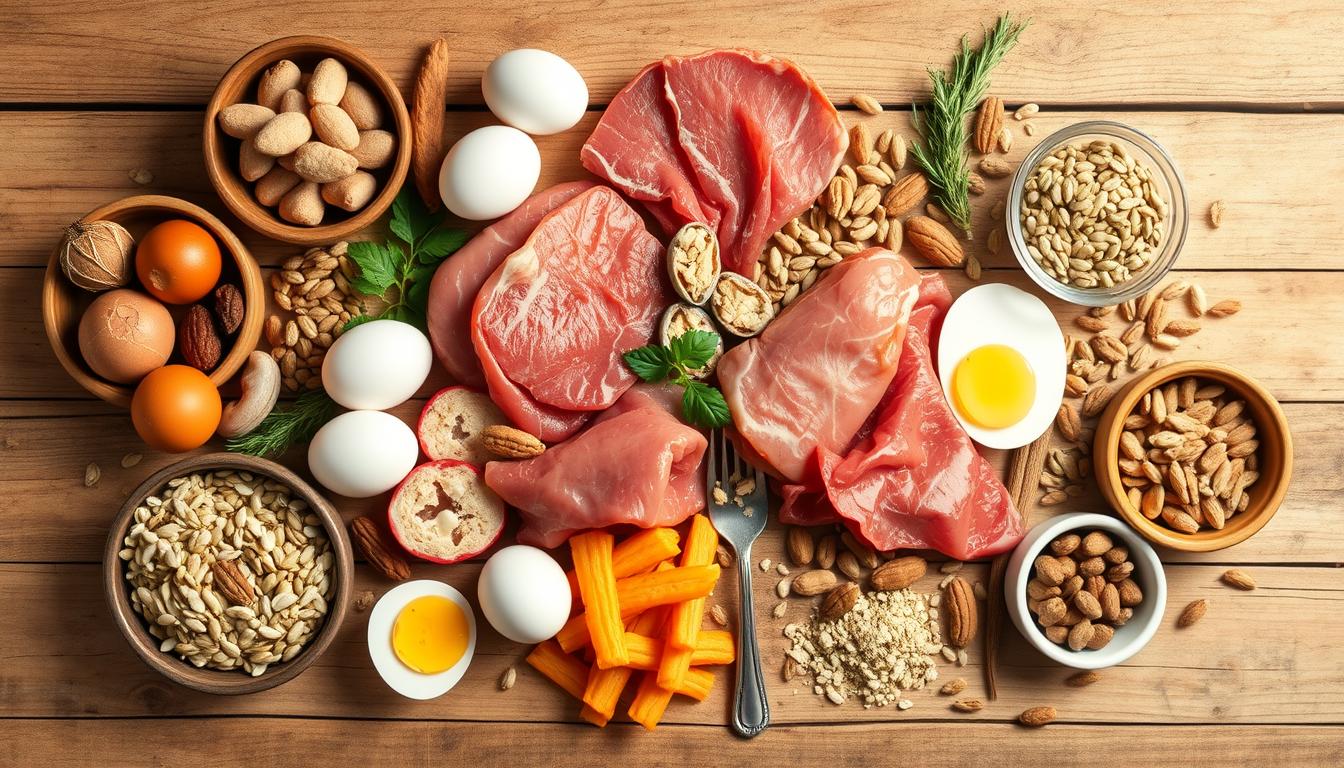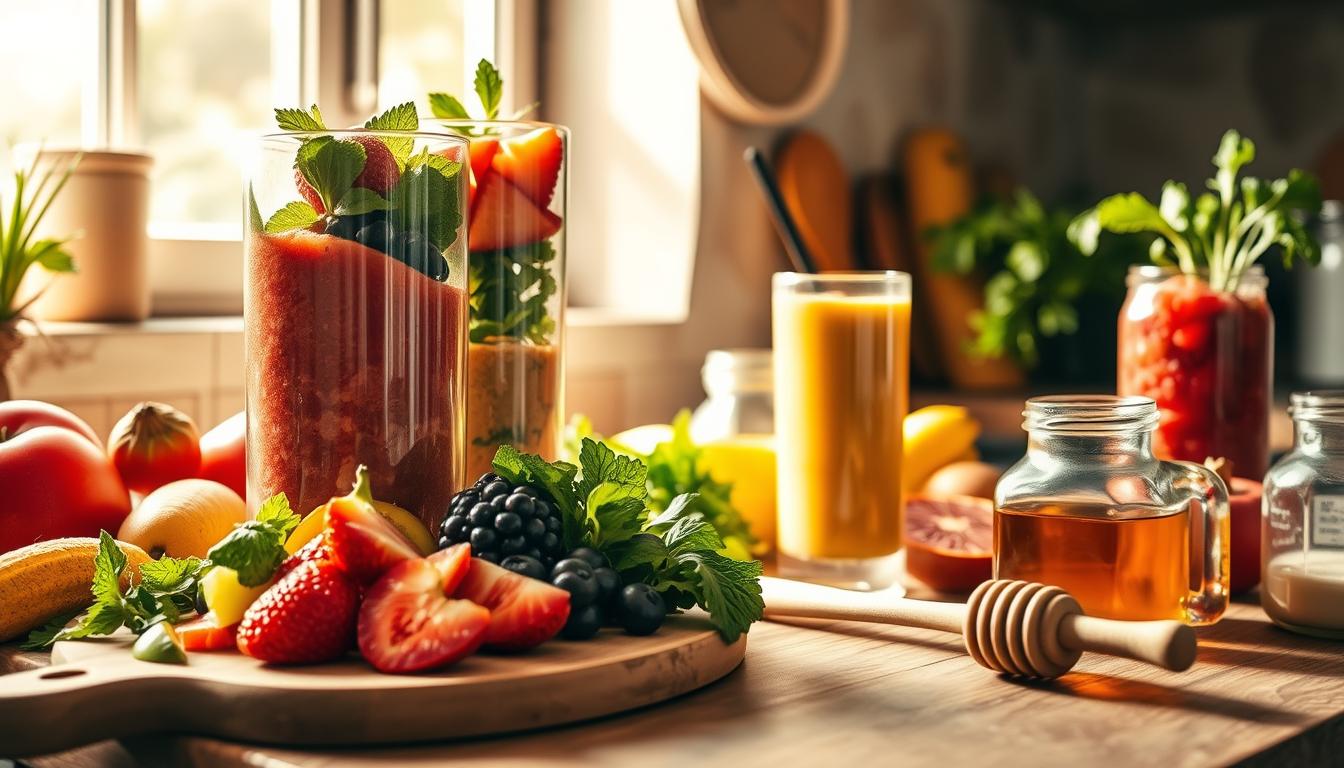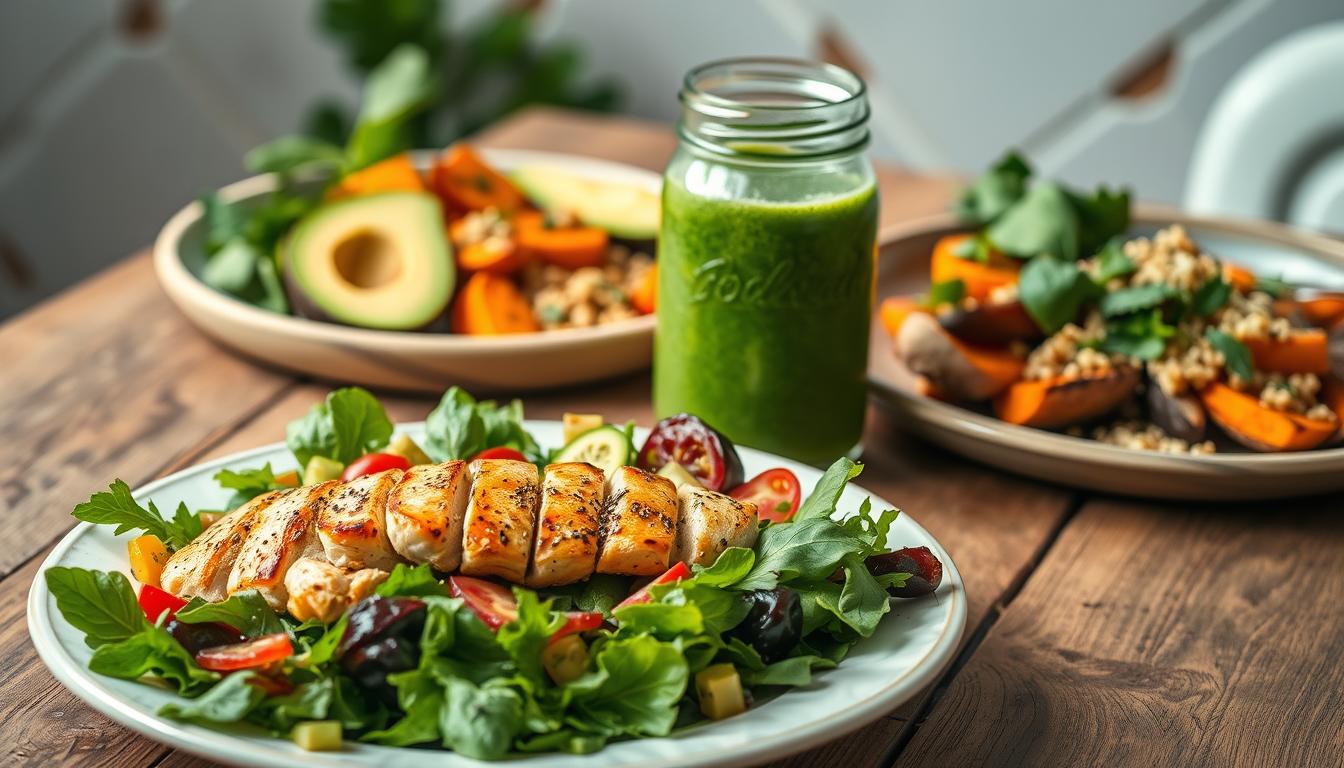You’re doing everything right: meal prepping, tracking macros, and choosing “healthy” snacks. But what if unhealthy additives are secretly undermining your progress? Nutritionist Laura Jeffers found that 68% of her clients unknowingly consume harmful substances through everyday foods. Supermarkets stock shelves with cleverly labeled items that look nutritious but hide problematic ingredients.
Think you’re immune? One study revealed even diet-conscious shoppers fall for phrases like “natural flavors” or “fortified with vitamins.” These terms often mask preservatives, artificial sweeteners, and other additives linked to bloating, energy crashes, and stalled weight loss. The worst part? They’re hiding in foods marketed as fitness-friendly.
This isn’t about perfection – it’s about awareness. By learning to spot these stealthy ingredients, you’ll make choices that actually support your goals. Let’s uncover what’s really in your pantry and why those “innocent” additives might be working against you.
Key Takeaways
- Common food additives sabotage fitness goals despite “healthy” packaging claims
- Supermarket labeling tricks exploit nutritional loopholes consumers rarely notice
- Preservatives and artificial sweeteners frequently appear in diet-friendly products
- Hidden ingredients contribute to inflammation and metabolic slowdown
- Simple swaps can eliminate harmful substances without sacrificing flavor
The Silent Diet Saboteurs You’re Overlooking
You’ve done all the prep work, counted macros, and worked out hard. But, what if hidden ingredients are stopping you from reaching your goals? Four common additives might be the reason why your fitness dreams seem far away, even when you eat “clean.”
1. Artificial Sweeteners: The Zero-Calorie Trap
Why They Trick Your Metabolism
Research shows that sugar substitutes like sucralose mess with your brain’s reward system. When you eat them, your body expects calories that never come. This mismatch can make you crave sweet foods 34% more (Source 3).
Common Sources: Protein Bars, Diet Drinks
That “healthy” post-workout shake might have hidden sugars. Always check labels for acesulfame potassium or aspartame. Even protein bars often have 3+ artificial sweeteners in each serving.
2. Vegetable Oils: Inflammation in Disguise
Omega-6 Overload Explained
Americans get 20 times more omega-6 fatty acids than omega-3s. This imbalance causes inflammation, leading to joint pain and weight gain.
| Oil Type | Omega-6 Content (per tbsp) | Common Uses |
|---|---|---|
| Soybean Oil | 6.8g | Salad dressings, fried foods |
| Canola Oil | 2.6g | Baked goods, snacks |
| Olive Oil | 1.1g | Sautéing, dips |
3. Carrageenan: Gut-Irritating Thickeners
Digestive System Impact
Carrageenan in almond milk and yogurts isn’t safe. Studies say it can damage your gut lining, causing bloating and irregular digestion.
4. Natural Flavors: The Deceptive Label Loophole
How This Term Hides MSG
Food makers use “natural flavors” to hide excitotoxins like glutamate. These overstimulate your taste buds, making you eat 19% more, according to Source 2’s snack analysis.
How to Outsmart Hidden Ingredients
Learning to read labels can make grocery shopping a game for better health. You’ll become an expert at finding hidden culprits without needing a magnifying glass. These tips will help you make better choices and still enjoy great flavors.

Decoding Nutrition Labels Like a Pro
Check every package and follow this 3-step ingredient analysis:
- Start with the first three ingredients – they make up 75% of most products (Source 1)
- Look out for red flag terminology like “hydrogenated” or “hydrolyzed”
- Use apps like Yuka or EWG’s Healthy Living to check on unknown additives
Red Flag Terminology
- Carrageenan (linked to gut irritation)
- “Natural flavors” (could contain 100+ undisclosed chemicals)
- BHA/BHT (preservatives with potential hormone disruption risks)
Smart Swaps for Common Offenders
Upgrade your pantry with these easy swaps:
Alternative Sweeteners: Monk Fruit vs Stevia
| Sweetener | Pros | Cons |
|---|---|---|
| Monk Fruit | Zero glycemic impact | Harder to find in stores |
| Stevia | Widely available | Bitter aftertaste for some |
Healthy Fat Sources
- Replace canola oil with avocado oil (higher smoke point)
- Swap vegetable oil spreads for mashed avocado on toast
- Choose Greek yogurt over creamy dressings (Source 2)
The best ingredients to avoid in diet plans often hide behind vague labels. With these swaps and tips, you’ll create meals that support your fitness goals.
Conclusion: Reclaim Your Nutritional Control
Starting your nutrition journey begins with knowing what to watch out for. Learning about artificial sweeteners and carrageenan is a big step. Studies show that eating whole foods most of the time can lead to lasting changes, even if you’re not perfect.
Many unhealthy additives hide in foods with names like “natural flavors” or vegetable oils. These can harm your gut and cause inflammation. Choosing foods that are less processed is linked to better health and wellness over time.
When you go shopping, look for labels that raise red flags. Choose fresh fruits or plain Greek yogurt with cinnamon instead of processed snacks. Making small changes each day can add up and improve your health and energy.
Your food choices have a big impact on your health. Avoiding unhealthy additives strengthens your body. Focus on making progress, not being perfect, as you work towards better health.







